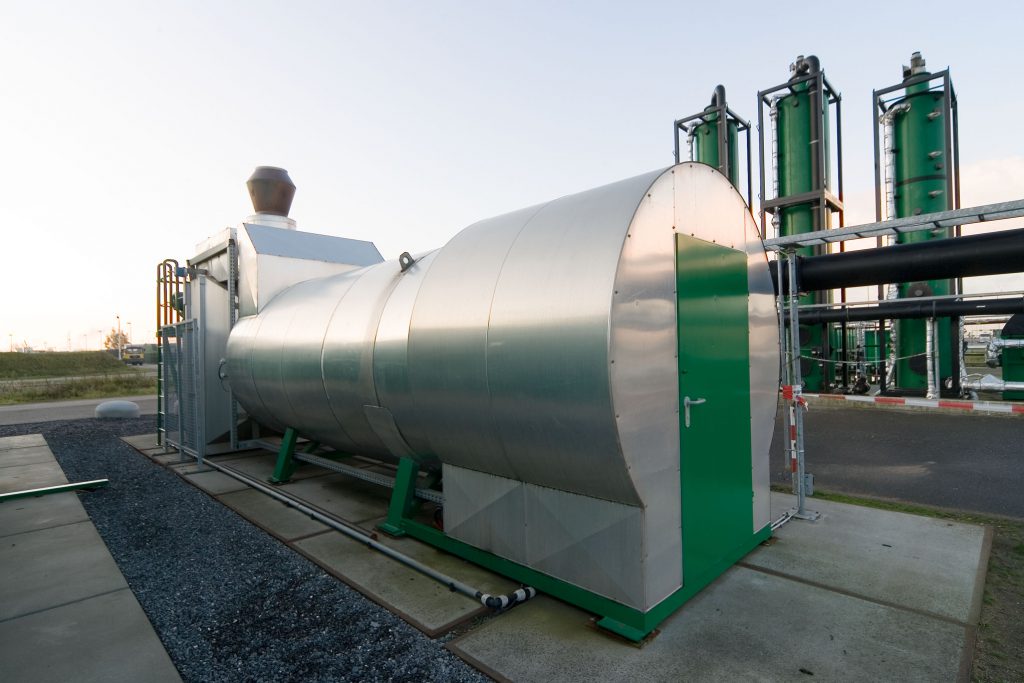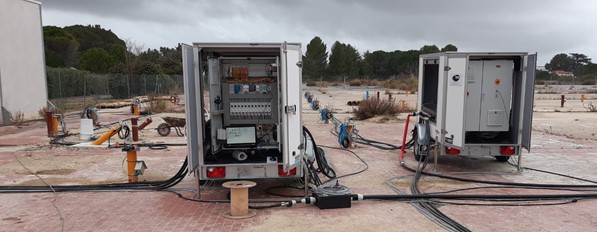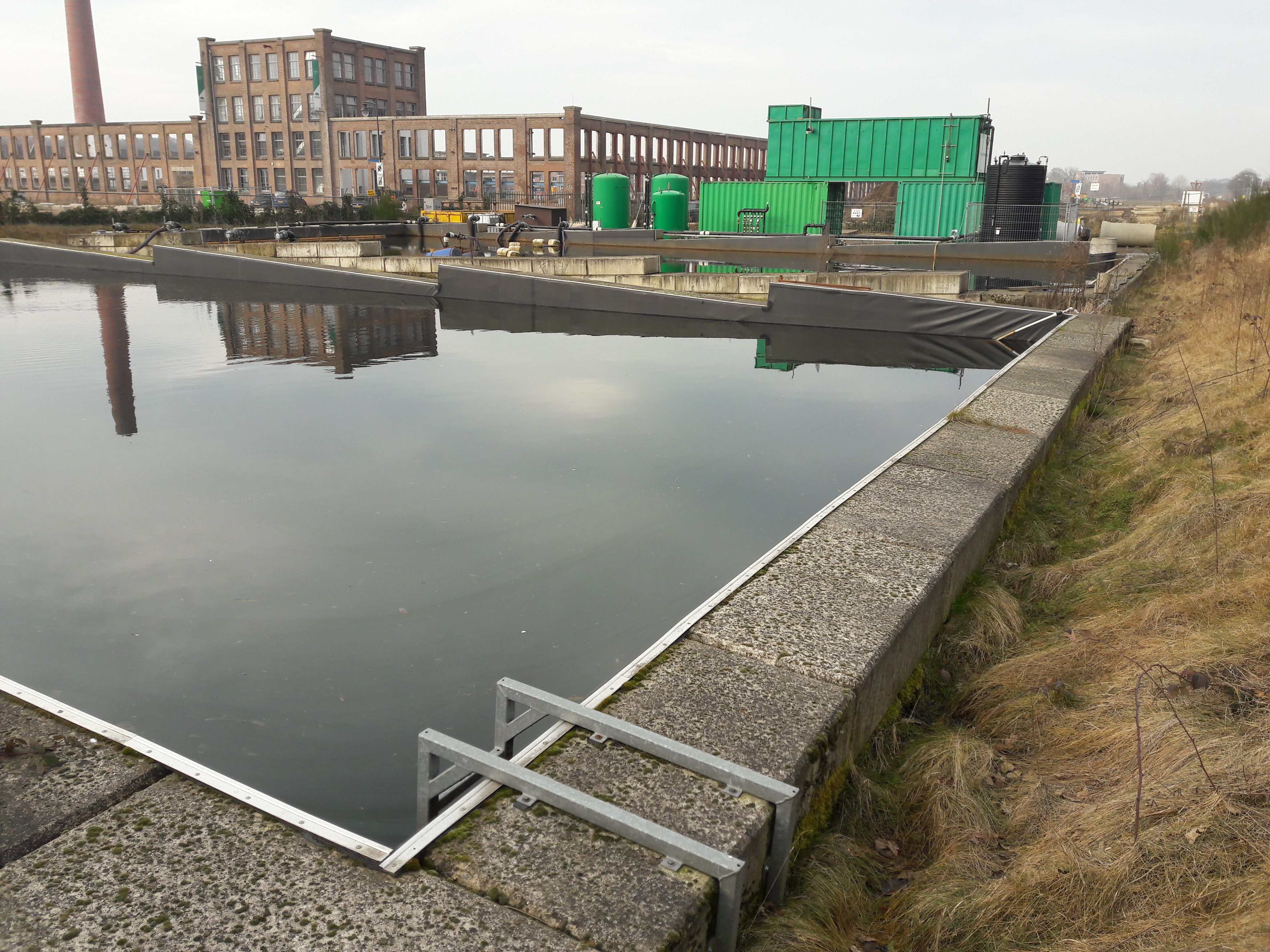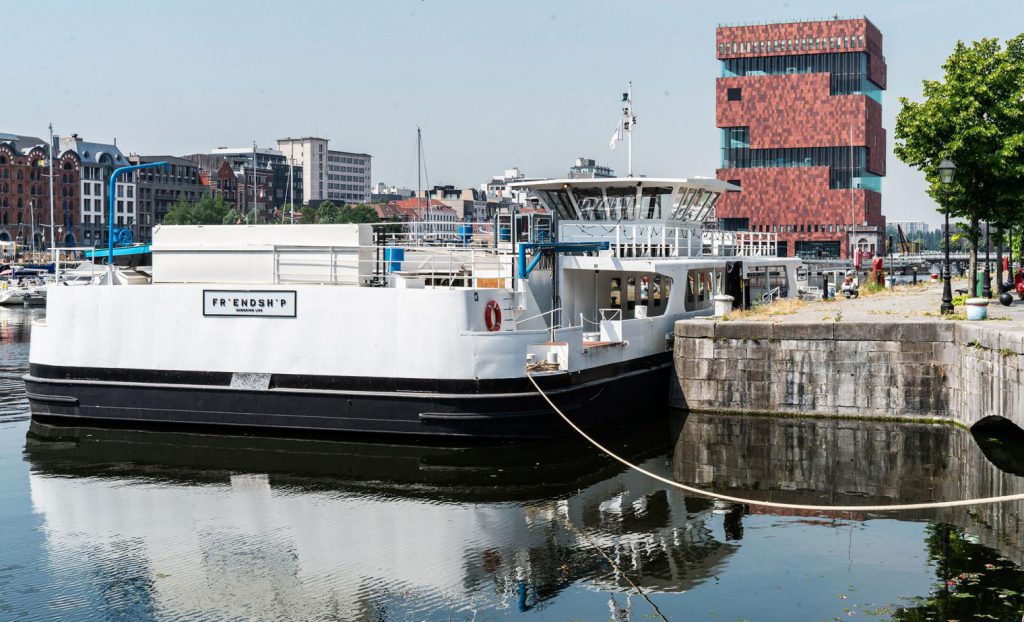 LUCHT
LUCHT
More information?
If you would like to receive more information or would like to know what we can do for you, please feel free to contact one of our specialists:

Managing Director
Menno Smits
Oxidation of vapours
Vapour flows can of course also be purified oxidatively. Though many different techniques or systems are available for oxidation, there is in effect a choice between two main types that we use at HMVT: traditional thermal oxidation at high temperatures and catalytic oxidation at low temperatures.
Traditional oxidation at high, normal combustion temperatures can take place, varying from a flare system to a sealed incineration plant whereby the combustion takes place in a combustion chamber. In the case of the latter systems, the combustion can be optimised in terms of energy consumption by using heat exchangers and/or regenerative combustion chambers.

Catalytic oxidation
With catalytic oxidation, the vapours are “completely” oxidised at low temperatures by using catalytic material. Less support fuel is required and, above all, a catalytic oxidation process in practice is often operated autothermally. The advantage of oxidation processes is that the degree of removal can be practically complete. However, with oxidation processes a number of issues also have to be taken into consideration.
Oxidative processes work optimally at a certain range of influent concentrations, such that there can be an autothermal process. If the concentrations are too low, a great deal of support fuel would be necessary. If the concentrations are too high, this could very well lead to a dangerous and explosive mixture.
In the presence of chlorinated hydrocarbons one should take care of the formation of dioxins while oxidizing. In the event of normal, high-temperature oxidation, the vapours released should be quenched (cooled with water) very quickly to prevent the formation of dioxins. With catalytic oxidation of chlorinated solvents no dioxin formation occurs if the influent concentrations are maximised
In all cases it is important with catalytic oxidation that no catalyst poisons are present in the vapours.
Cold plasma
A number of years ago we developed, together with Eindhoven University of Technology, a demonstration air purification unit based on air purification by means of pulsated cold plasma. This technique is capable of processing a wide range of vapours, varying from particulate matter, hydrocarbons, ammonia and sulphur compounds.





